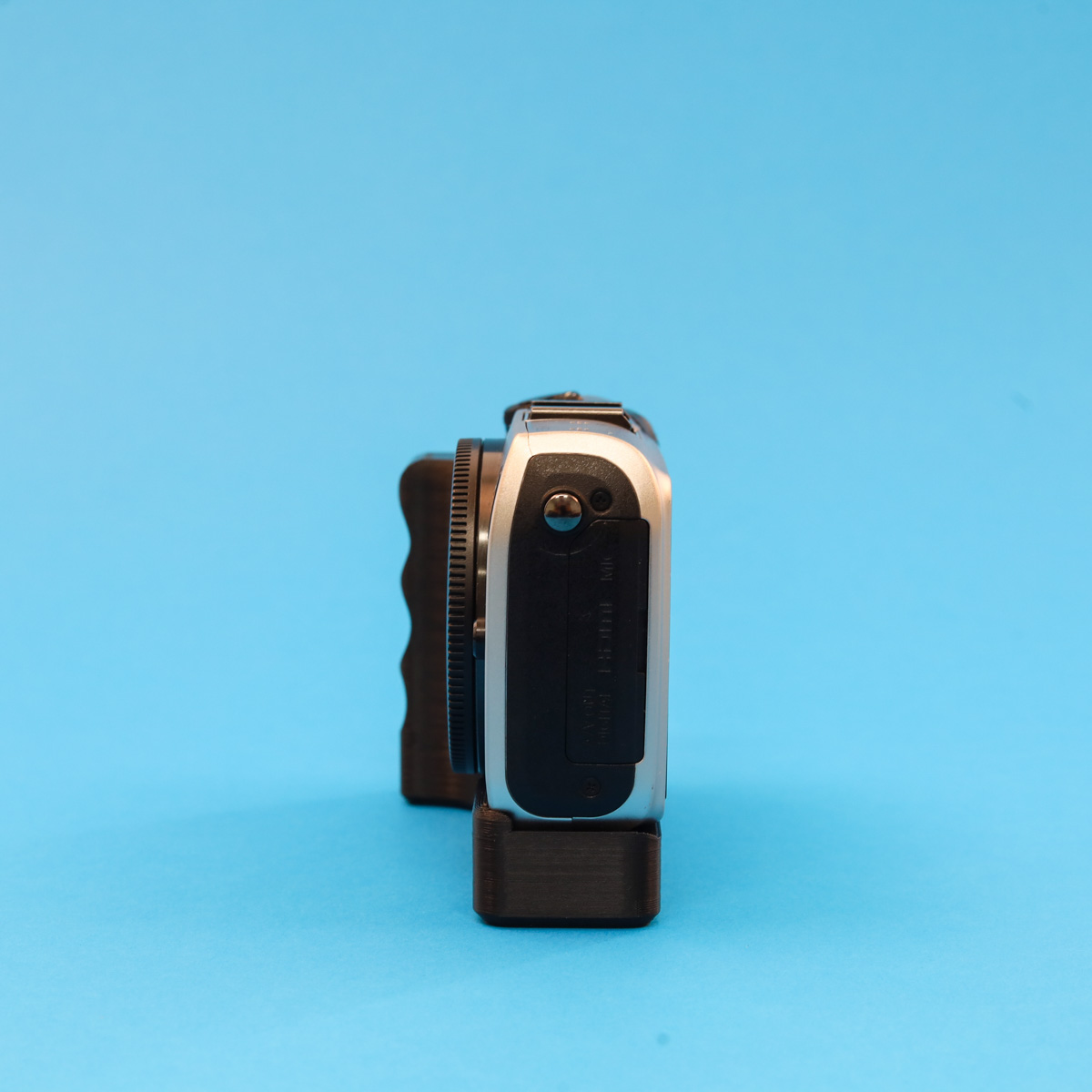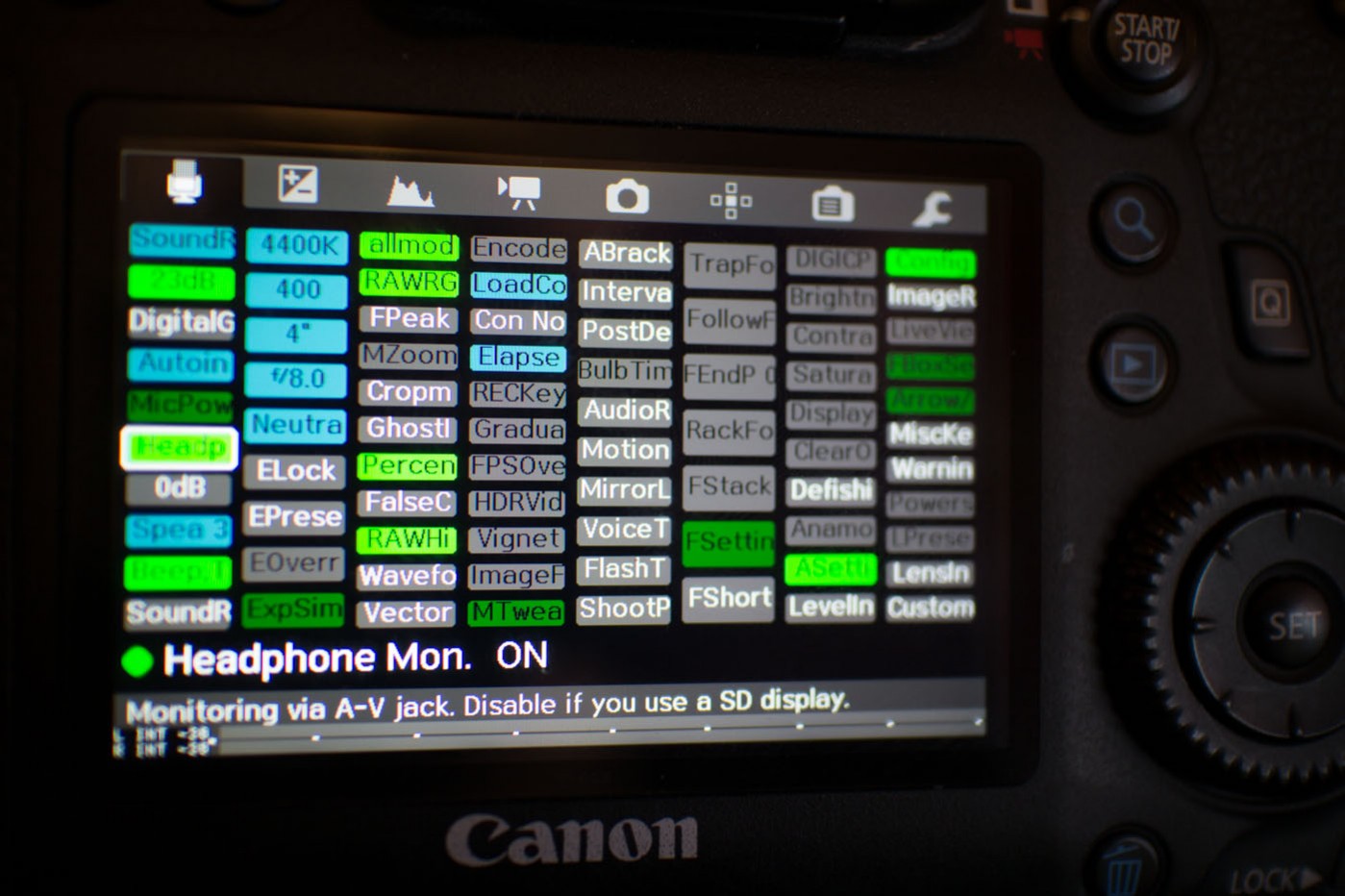

- #MAGIC LANTERN CANON 10D MOVIE#
- #MAGIC LANTERN CANON 10D 1080P#
- #MAGIC LANTERN CANON 10D SOFTWARE#
- #MAGIC LANTERN CANON 10D CODE#
- #MAGIC LANTERN CANON 10D ISO#
The greatest benefit will be noticed in the shadow areas of the image, but ETTR will also increase the SNR in the entire image due to the effects of shot noise. → Exposing-to-the-right (ETTR) is a method of increasing the Signal to Noise ratio (SNR) in all areas of a picture and for capturing greater tonality in a RAW file. It works because the human perception is easily tricked into ignoring specific details, esp. This may be a small or a large part, depending on scene.Ĭonsequently, if you redo lossy compression with a single JPEG very often, you will finally see degradation! But for a single conversion, it may be really hard to spot the difference.īTW: All your DVD and BluRay media are compressed. Those parts don't make it into final JPEG. For example: During JPEG compression, a computer algorithm determines which parts of the picture are most likely to be ignored by human perception. Lossy: During compression, a decision is made regarding which data will be stored or not. You may be aware that CR2 files from your camera differ in size, but all CR2 contain all data for the same number of pixels (for a given camera, of course). This method is used for Canon's CR2 data format (see LJ92). This kind of compression is mandatory for data backup (for example). No information is lost! The process is reversible each and every time! Lossless: Data output after compression/decompression is exactly the same as data input. There are two different kinds of compression: Of course in real life computer compression methods work completely different! For example: A string like “Abba Abba Abba Abba ” (= 20 characters) can be “compressed” into the info “4*Abba ” (= 7 characters). → DiGiC → Wikipedia: ARM architecture → HACKING.rst: Initial Firmware Analysis (covers technical details about the ARM processors used in Canon cameras)Ĭompression is the method to minimize data space required. Knowledge of ARM architecture is essential for reverse engineering in the ML project. This concept is quite successful and several embedded systems, including consumer electronics, are equipped with an ARM processor. Some of these secondary processors are also based on the ARM architecture, but many of them are not.ĪRM Limited doesn't sell hardware, but develops and sells/licenses processor designs to other companies.
#MAGIC LANTERN CANON 10D CODE#
We consider this processor to be the most important one (main CPU), and that's where Magic Lantern code actually runs, alongside Canon's own firmware.Ĭanon cameras contain several other secondary processors, but we don't reprogram them (at least, not for the time being).
#MAGIC LANTERN CANON 10D SOFTWARE#
This microprocessor runs a piece of software developed by Canon and called Firmware, which controls a large part of camera functionality. The Digic chip inside your camera contains a microprocessor based on the ARM architecture. → Simulation: 1x3 "column binning" vs 3x1 "line skipping" vs 3x3 binning/skipping ARM (architecture)
#MAGIC LANTERN CANON 10D 1080P#
That is, it won't match a native 5K (full resolution) image, but it will be much better than a native 1080p recording from the same camera.

Nowadays, 1×3 footage will normally be upscaled during post-processing, i.e resolution 1736×2214 → 5208×2214, although the image quality will not match a full-resolution 1:1 readout.
#MAGIC LANTERN CANON 10D ISO#
Oversampling, i.e resolution 1736×2214 → 1736×738, was a good way to get rid of most Dual ISO interpolation artifacts.
#MAGIC LANTERN CANON 10D MOVIE#
Early tests using 1×3 binning footage were done by oversampling the footage vertically, mainly applied on Dual ISO movie recordings. Why film like this? To some users, 1×3 binning is seen as the perfect compromise, making it possible to achieve an almost aliasing-free image on cameras that normally use 3×3 pixel binning with line skipping for 1080p video (that is, on cameras plagued by aliasing, moiré and false detail issues).ġ×3 binning requires a lower data rate, compared to the so-called 1:1 crop mode, allowing for greater resolutions. As such, some users prefer to name their presets strictly using the term “1×3 binning”, to avoid confusion with anamorphic optics. Since we are working with spherical lenses, the anamorphic optical characteristic artifacts - such as lens flare or cylindrical perspective - will not apply here. No special lens is however required, but footage needs correction (de-squeeze) in post in order to look normal again. The term “anamorphic”, when used in a Magic Lantern context, often refers to the 1×3 pixel binning setting applied during the image readout, which stretches pixels in a way that very much resembles the use of an anamorphic lens.


 0 kommentar(er)
0 kommentar(er)
